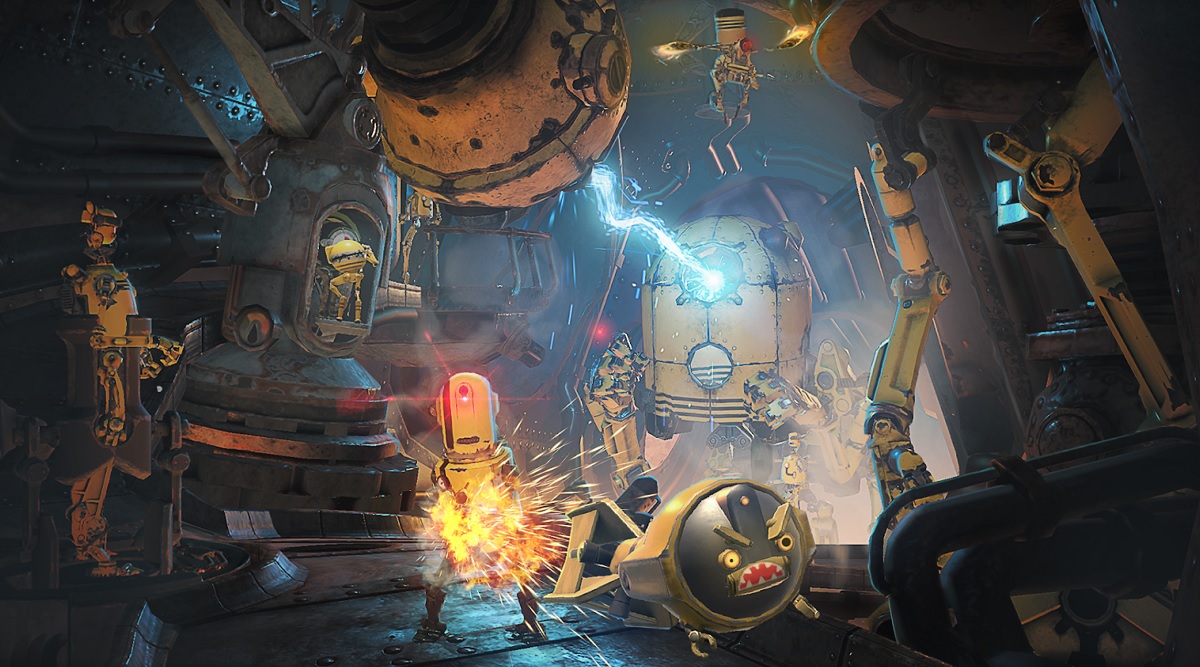Weta Workshop unveiled Dr. Grordbort’s Invaders, its first game for the Magic Leap One Creator Edition augmented reality glasses. It did so at the L.E.A.P. conference in Los Angeles today. It’s available now.
Dr. Grordbort’s Invaders takes advantage of Magic Leap’s AR glasses, where you can see animated robot enemies coming out of the walls of your real world physical space. Weta spent 5-and-a-half years working on it.

Unlock premium content and VIP community perks with GB M A X!
Join now to enjoy our free and premium membership perks.
![]()

![]()